Estimated reading time: 08 minutes.
February/2017 - The Mitakon 35mm f/2 is the third and most recent ultra-low-cost fixed lens from Zhong Yi Optics’s CREATOR lineup. Following the 85mm f/2 CREATOR and the 135mm f/2.8 CREATOR, the idea is to offer reasonably large aperture primes for the lowest price possible, with solid build and ease of use, catering the user’s creativity – given the all-manual operation – and the image quality. With an all-metal build and simplified double-Gauss formulas, they’re alternatives for those wishing to get personal with the process of picture-taking, controlling the aperture and focus by hand. While I still haven’t got an all-positive experience with a CREATOR lens, with a misaligned 85mm and a broken 135mm, there’s no denial the photos were acceptable on both, and the “CREATOR” moniker does play it’s cards on the usability. Will the 35mm f/2 be another mechanical nightmare? And what about the pictures, are they worth it? Let’s find out! Nice reading.
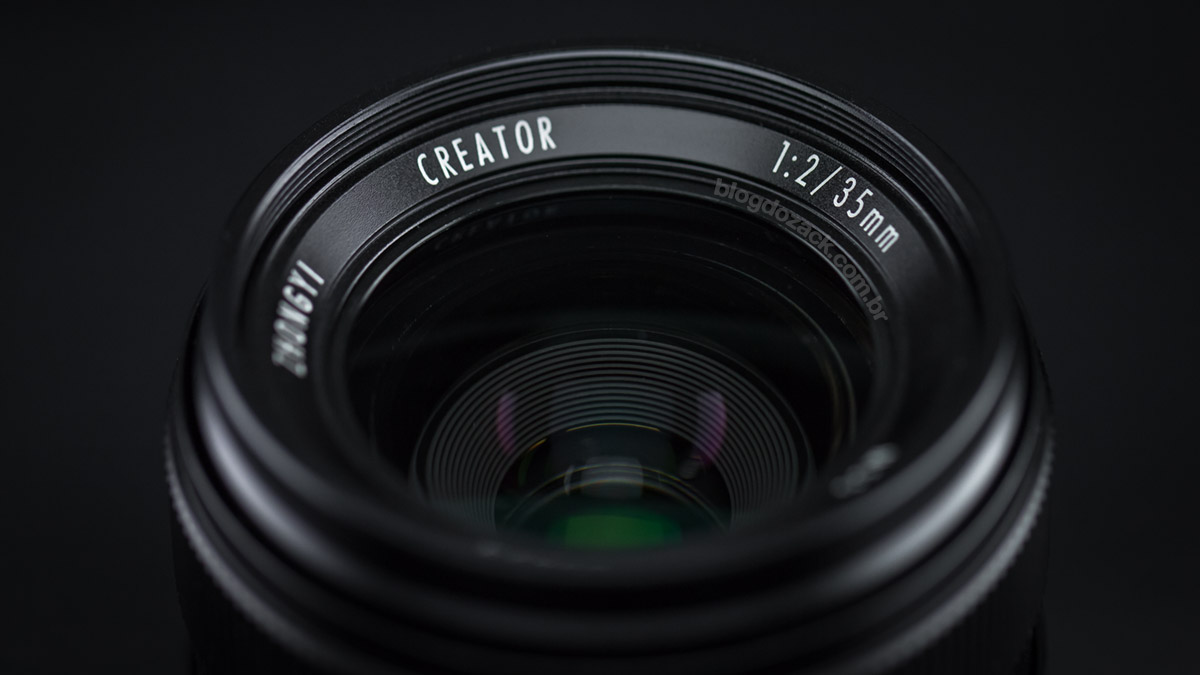
At just 6.8 x 6.5cm of 310g of only metal and glass, the 35mm f/2 reasonably well built, although relatively fragile given the overall desing. It impresses by its high quality engraved and painted markings, with the same manufacture care seen on Nikkor’s Ai-s and Voigtländer’s, but here at a fraction of the price, never seen on the market. However these lenses are also quite delicate, as the non-resilient metal shows no room for impact dissipation, and you really don’t want to drop these pieces, as the results would be disastrous. Mitakon noticed that and the 35mm f/2 package is better conceived than the 85mm and 135mm, with high quality cardboards and lots of foam: finally a CREATOR finished the review without built or misalignment issues, unlike the other two.
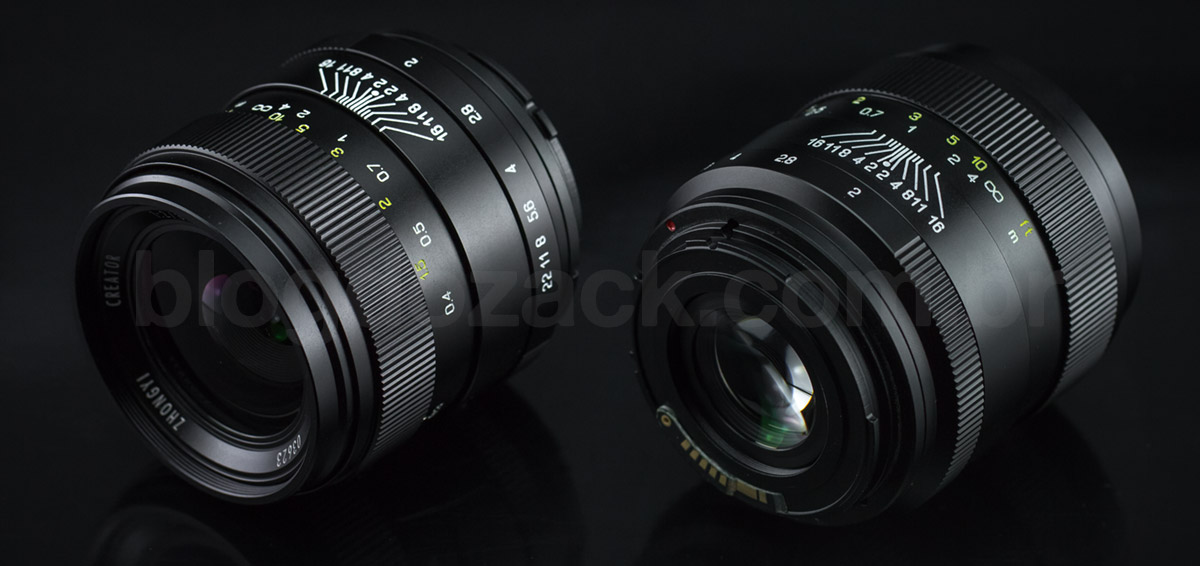
In your hands the ergonomics are a bit tight, given the CREATOR’s 35mm short length. As it is also very light, the hands support will be oriented to the right-hand camera grip, as the lens doesn’t push the equipment downwards; an advantage around the streets for its discretion and portability. With an all-manual operation, the aperture and focus are done via two “naked” metal ring, not rubberized, that unfortunately don’t comfortably grip the fingers; they will slip when used with sweaty hands. But at the front the focusing ring is quite nice, the one place your hand gently slips when supporting the lens, turning 180º from infinity to the minimum focusing distance. That takes away chance of speed during focusing, as it’s an over simplification of the barrel design, that uses the same structural thread as a focusing track. That justifies the US$160 price tag, without motors nor the manual focusing agility of better designed lenses.
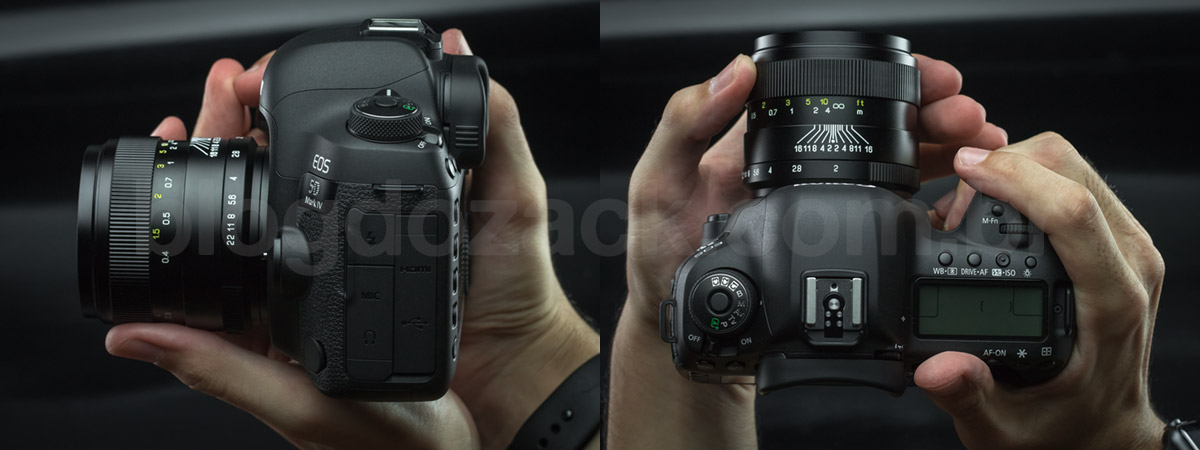
At the rear the aperture control is made by a 0.7cm thin ring, standard for those used to manual lenses, that understand this is not an used-all-the-time control. Both Voigtländer NOKTON 25mm f/0.95 MFT and the Nikkor AI-S 50mm f/1.2 sports thinner aperture rings, as the idea is not to accidentally switch the selected f/stop. It turns smoothly from f/2 to f/22, with very (very) light clicks between full stops (f/2, f/2.8, f/4…), allowing for special effects during video recording, putting to use the near circular 9-blades aperture. An important usability note is the presence of a data chip on the lens mount, that sends maximum aperture and focal length infos to the camera’s metering, allowing for some confusion during use. On Canon’s EOS cameras, you’re suppose to leave the camera always at f/2, and adjust only the lens; never to tell the camera the selected lens value, as it will result on darker exposures. This way you can make use of Auto-ISO during Av, but won’t be able to save the EXIF data exposure for aperture values; just as any mechanical lens.

Finally at the front the CREATOR 35mm f/2 accepts ø55mm filters, the same as the 85mm f/2 and 135mm f/2.8 II; hooray! It’s hard to see a full lens lineup sharing the same filter size, but Mitakon managed to make it. They screw on a high quality metal thread that is as thick as the lens barrel itself, very robust, but the filters won’t allow for an adapted lens hood (not-included), as there’s no hood thread on the outer barrel. At the rear the metal mount is offered on Nikon’s, Pentax’s, Sony’s A and FE, or Canon’s EF mount (tested and shown), better put together than the 135mm f/2.8 II that showed some overly applied glue on its contacts. The Mitakon 35mm feels like a “A+” school project given the simplicity, and at the same time it’s much more reliable than the 85mm f/2 (misaligned, shipped on a trashy paper box) or the 135mm f/2.8 II (that split in half during testing). You can see the Chinese are paying attention to the CREATOR lineup, stepping up their game for even less money: both 85mm and 135mm are US$199, but the 35mm f/2 is only US$160.
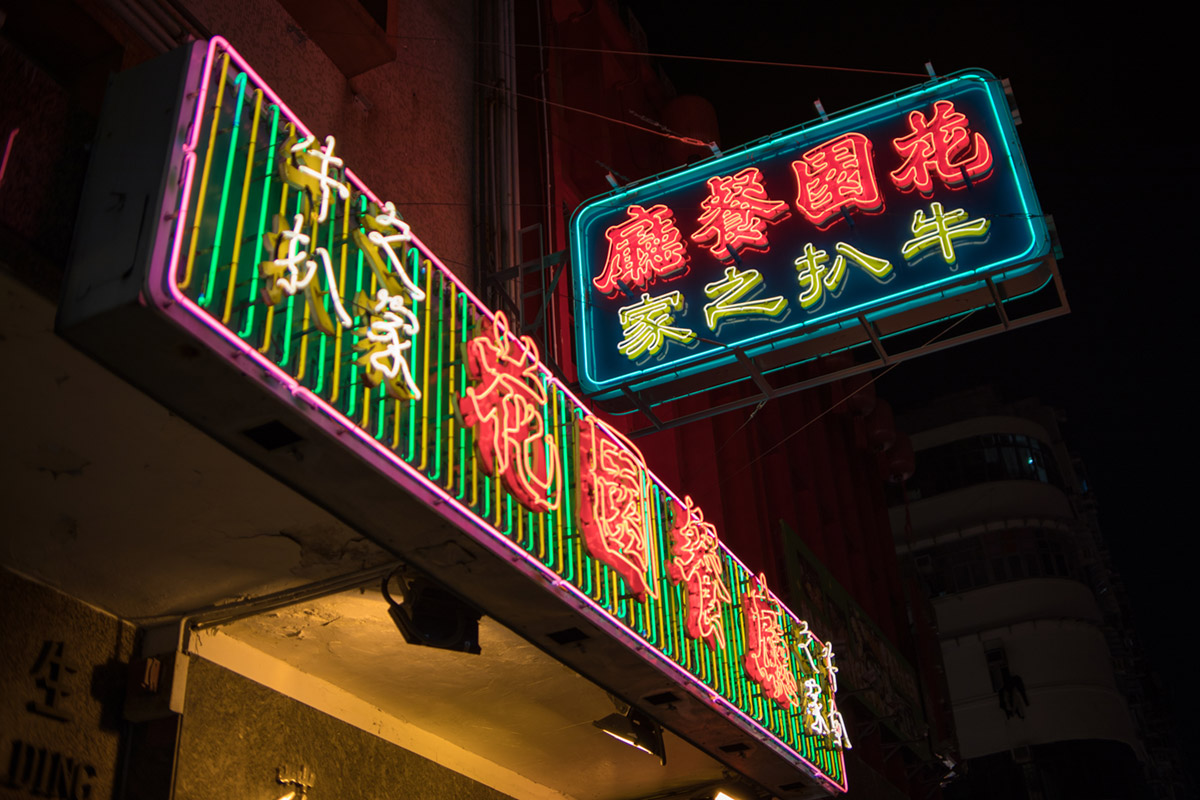
“Néon” at f/2 1/160 ISO100; all photos with the Canon EOS 5D Mark IV, raw files available at Patreon.
With a simplified 7 elements in 5 groups optical formula, non aspherical nor low dispersion, non treated with coatings to enhance clarity, non with the first parties high end technology to avoid aberrations, the Mitakon CREATOR 35mm f/2 has to “make do” with a simple double-Gauss wide angle optical formula, an “invention” dated from 1817 that prioritizes chromatic aberrations. Not handling the image plane curvature, the one that guarantees resolution on the whole image frame, the Mitakon optical results are expected: good resolution overall, with loss of details only on the extreme outer edges; minimum chromatic aberrations, invisible on most files; and issues mostly with flaring and contrast, given the low-end treatment to the low end glasses. The files work for what they are specially due to the extra light from the large aperture and shallow depth of field, but demand intensive computer enhancements to display good contrast and color saturation.
Wide open the 35mm f/2 performance is expected for such a simple formula. The glasses dubious quality treated with primitive coatings don’t guarantee a perfect light path, and the photo can easily look like a dream, given the low contrast and wide areas of highlights and shadows. It’s interesting to see how the stripped down optics work and why the first parties invest so much in high technology coatings (Canon’s Super Spectra and Air Sphere, Nikon’s SIC and Nano Crystal Coating) and high performance glasses (Canon’s UD, Nikon’s ED, Sigma’s FLD); non present on this Mitakon with its poor contrast and colors. Although plenty of details are rendered on whatever falls in the very short f/2 depth of field, they indeed require contrast, sharpness and color enhancements, done by any software on the computer’s screen prior to publishing.
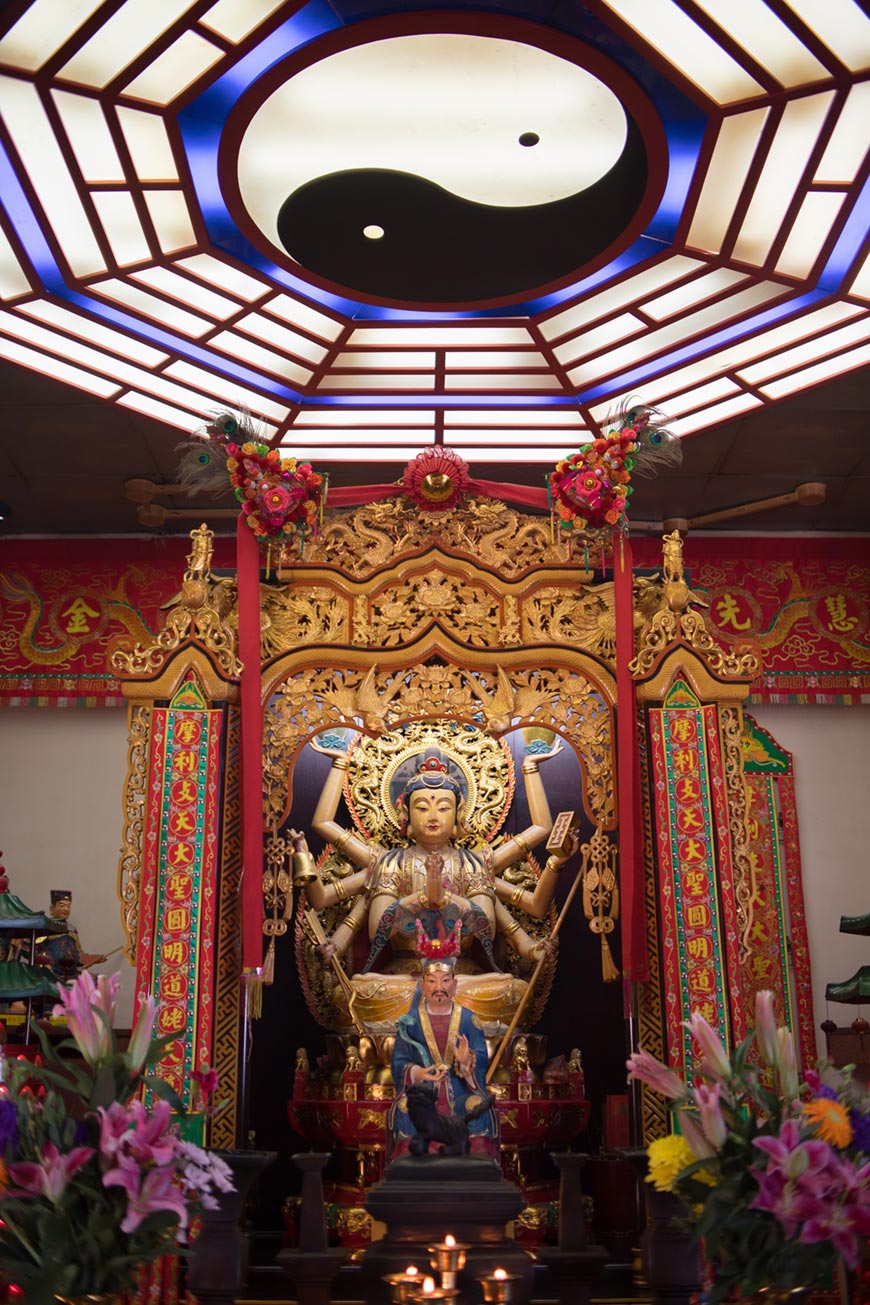
“Energy” at f/2.8 1/60 ISO400.
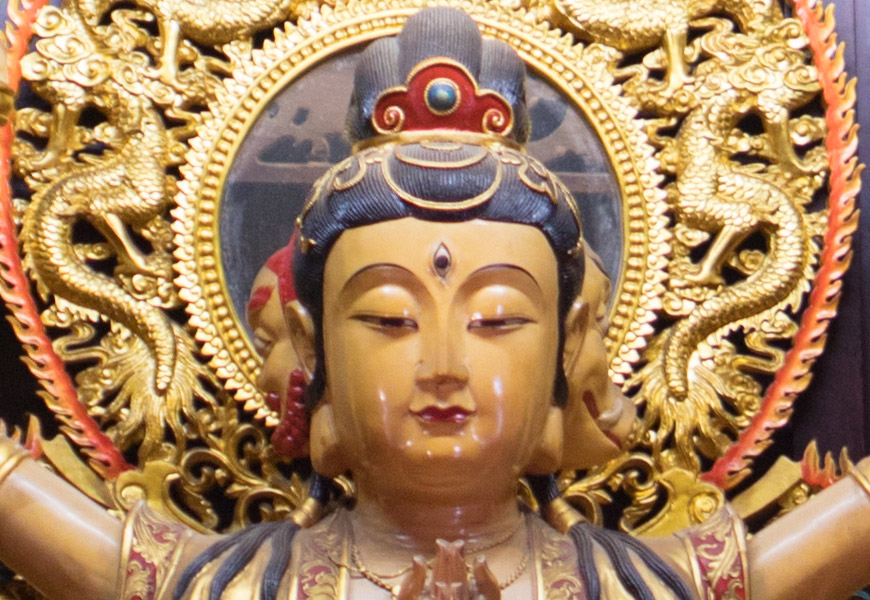
100% crop, acceptable center resolution, after all this is a prime lens.
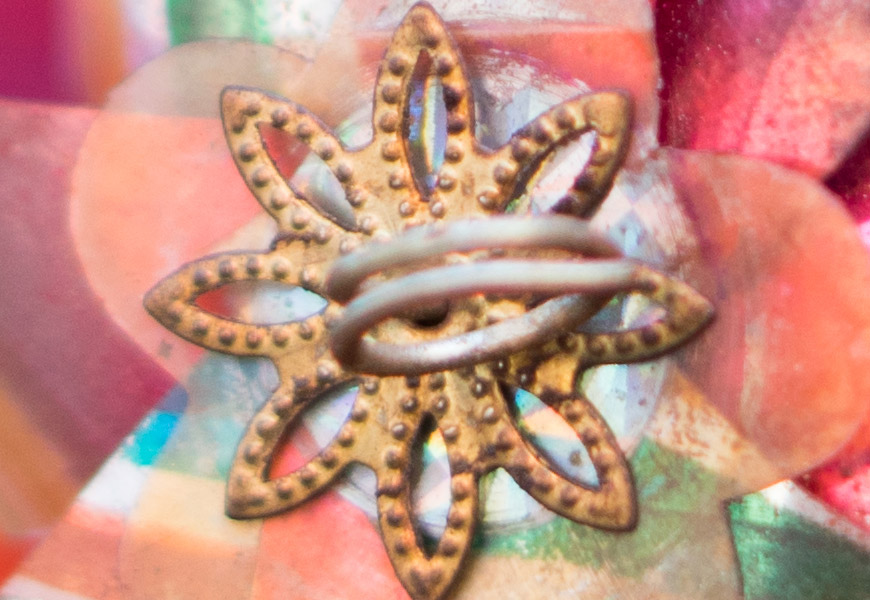
100% crop, loss of detail sharpness due to the poor contrast, that must be enhanced via software.

100% crop, center frame details are worth the extra f/2 luminosity, with lower ISOs.
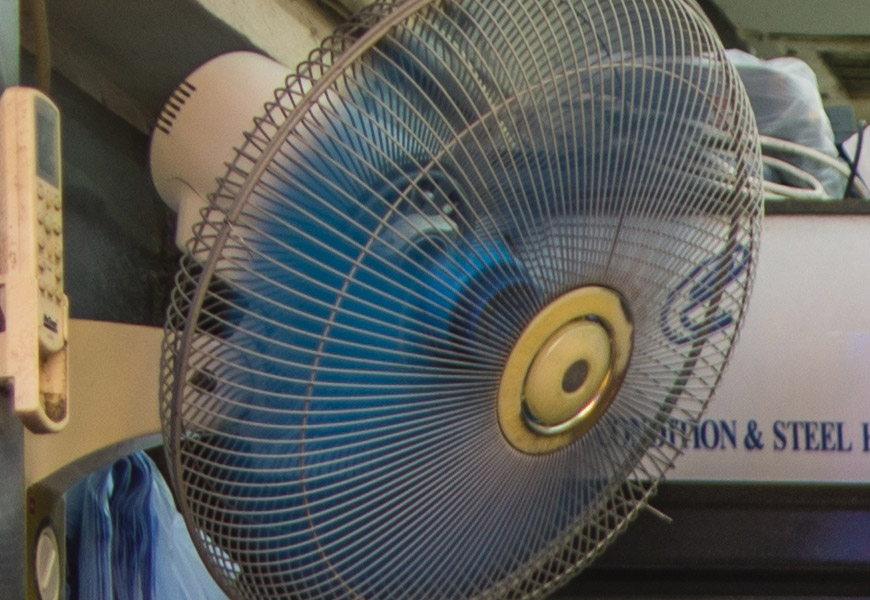
100% crop, fair details given the shallow depth of field.
Stopping down makes things slightly better, but not even at f/8 the overall performance is improved; it was already good on other apertures. The longer depth of field allows for more elements in focus, and the image plane plane area is larger, enhancing edge details. However it’s still possible to “study” the CREATOR 35mm double-Gauss formula, as not even at f/8 the extreme outer edges lack resolution; the lack of aspherical pieces are evident on the smeared edges, as the light is focused at another distance. The contrast and saturation are still poor, as stopping down doesn’t make the low-quality glasses any purer. But it doesn’t mean the lens is useless, as it will render sharper images than any kit zoom. So we can indeed recommend the 35mm f/2 as an affordable prime, and an upgrade for beginners; it’s optical physics at its best.
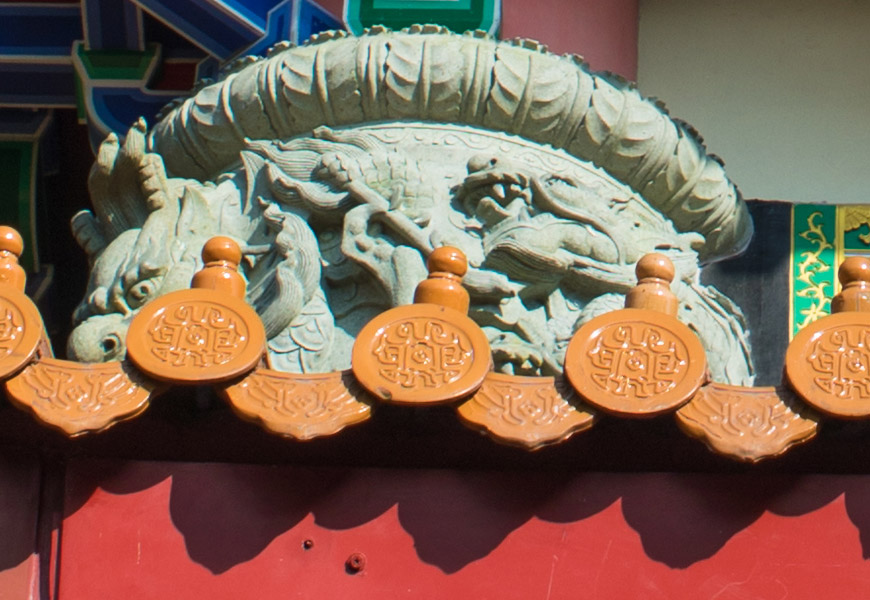
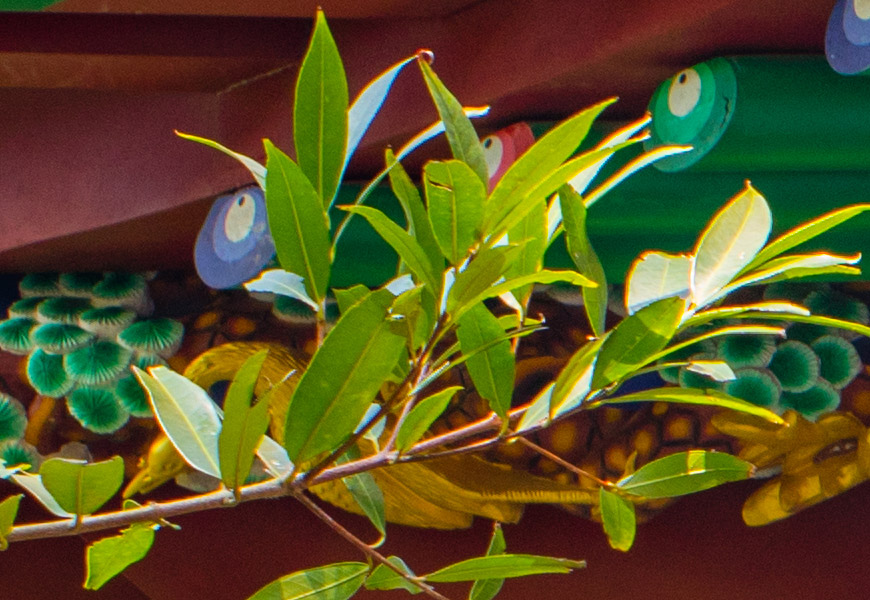
100% crop, the good frame resolution renders details on the whole frame.
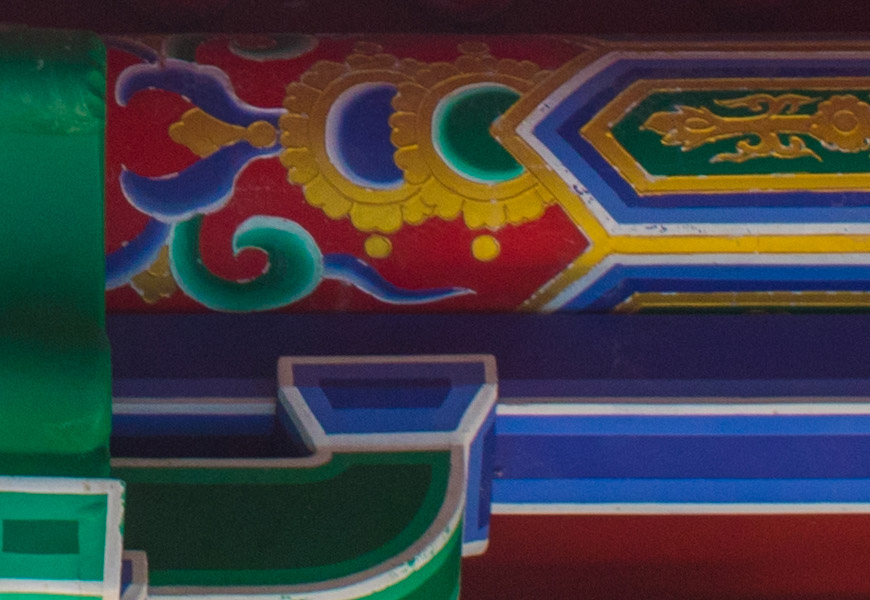
100% crop, high resolution allows for detailed prints.
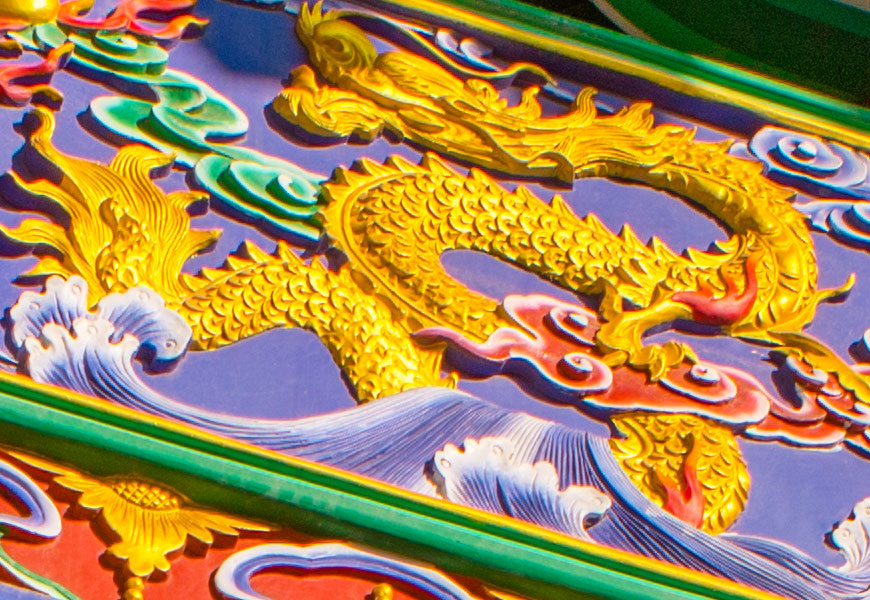
100% crop, try that on a zoom lens; the resolution seems from a high-end prime lens.
Lateral chromatic aberrations are the formula’s highlight, as the double-Gauss design was meant to eliminate them. It’s funny to see how this US$160 35mm suffers from less lateral CA than the US$1700 Canon EF 35mm f/1.4 L II USM, after all the Canon formula gives priority to contrast, light transmission, colors, resolution and smooth bokeh; asking for 14 (!) elements and new tech (Blue Refractive Optics) to handle all the aberrations that comes with it. Right blue and red lines, and left green and purple lines happens under extreme contrast (think backlit buildings, people against the sun), together with purple halos (secondary chromatic aberration) on the out-of-focus bits. Overall it’s a good performance from the simple formula, with fewer elements that are small, focusing the whole light spectrum to perfection on a sharp image plane.
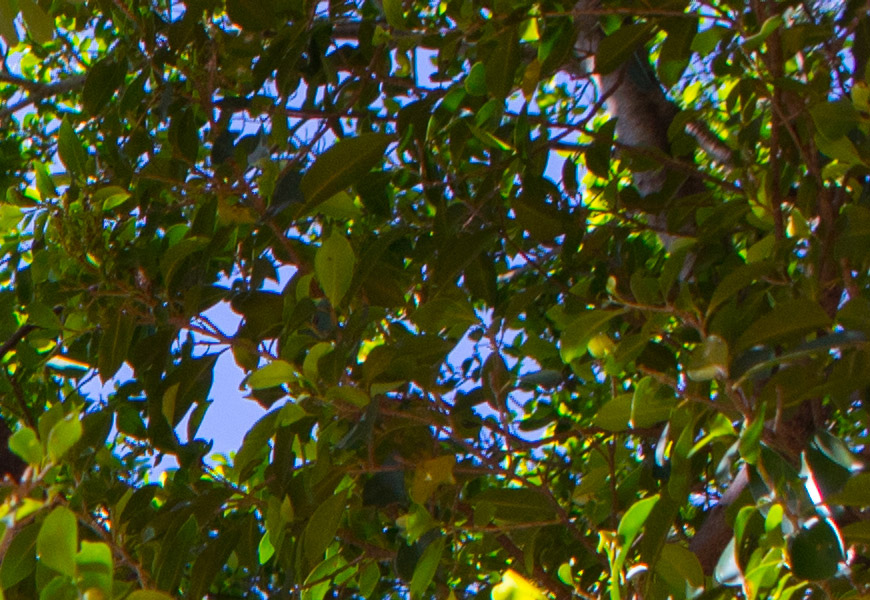
100% crop, practically no lateral CA, thanks to the double-Gauss formula.
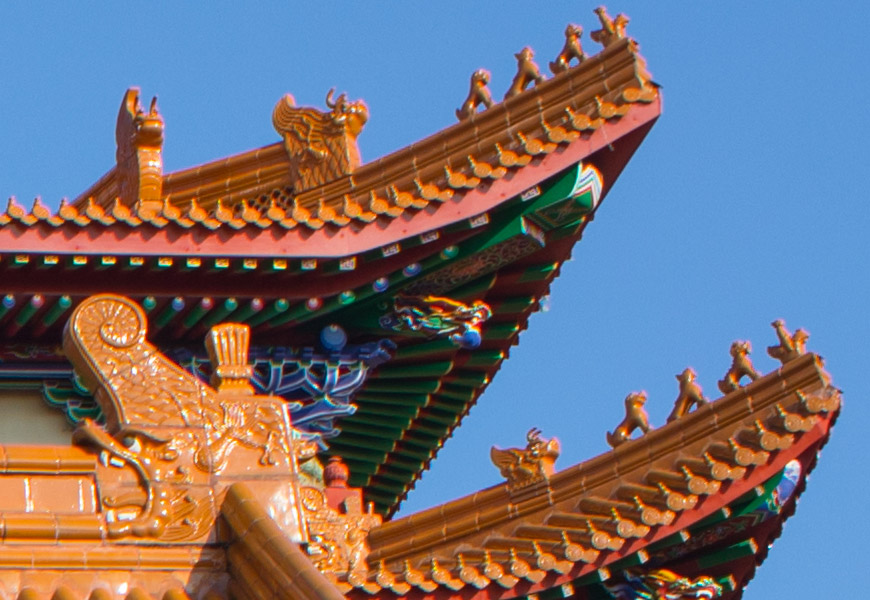
100% crop, wide angle edges with no colored lines, fantastic.
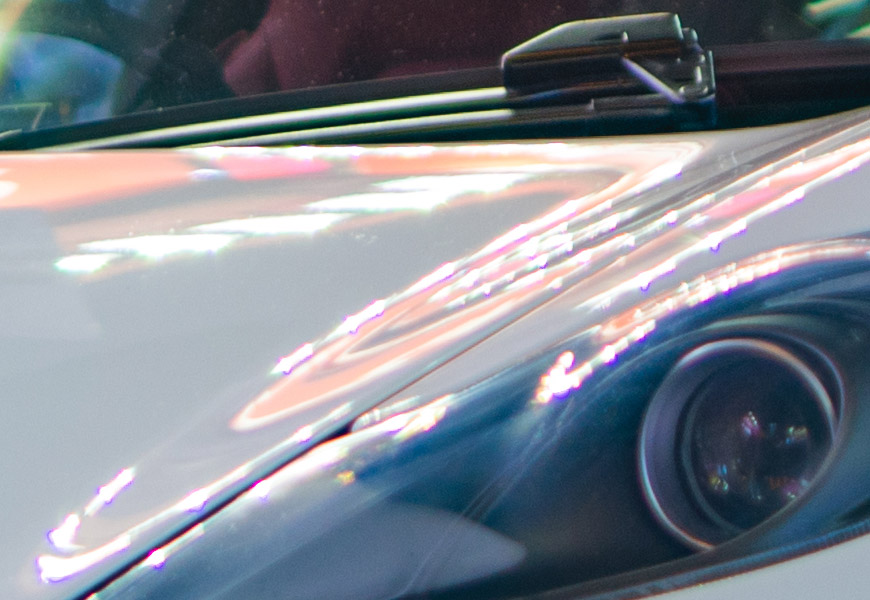
100% crop, secondary aberrations on highlights.

“Light” at f/2 1/2000 ISO100.
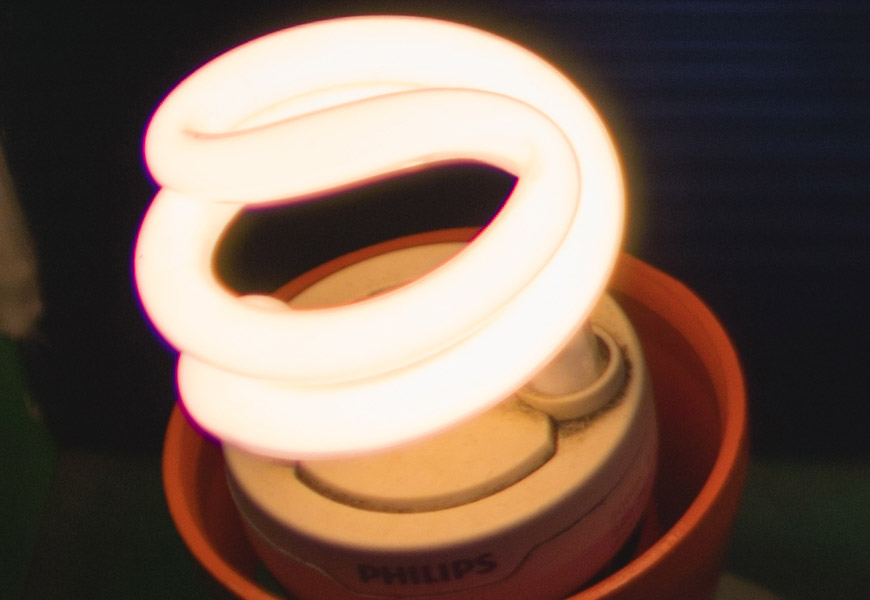
100% crop, pushing the formula to its limits.
Finally colors, bokeh and flaring are the worst from the over-simplified, primitively coated double-Gauss formula. Colors flirt with chaos under Canon’s EOS color science: the yellowish glasses makes it hard to balance green and blues, that are the same channel used during Canon’s digital debayer for skin tones. For exemple to compensate for electronic lights bluish highlights, the skin color looks way too brown; awful. The bokeh is also relatively poor from the basic double-Gauss, showing “cat’s eyes” on the edges of highlights; a desired effect some call “swirling bokeh”, but it makes harder to hide the background; pointless. But the flaring gets the price as the worse aberration from this CREATOR, and the uncoated metal barrel partially reflects the light in a rainbow-like shower. The lack of included lens hood makes things worse, and I can only recommend covering the lens with your hands when light reaches the camera from an angle.
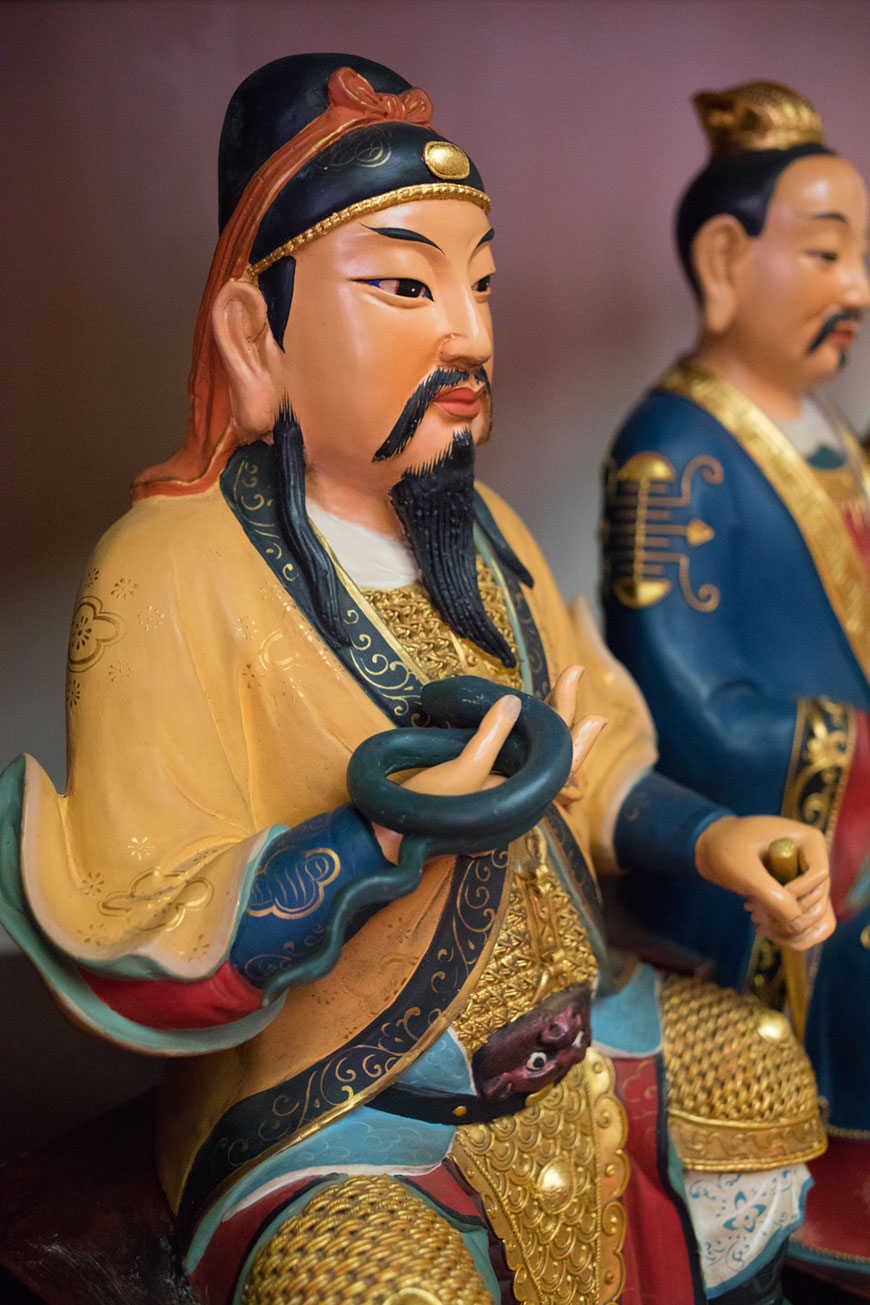
“Colors” at f/4 1/60 ISO4000; saturated colors after a healthy software compensation.
The Mitakon CREATOR 35mm f/2 proves what US$160 can buy from an inspired Chinese brand. Compared to the US$90 Yongnuo 35mm f/2 that’s just a clone of Canon’s classic 35mm f/2, the Mitakon stands out as a honest design, simple without any promises. Mechanically it couldn’t be more interesting, with robust metal barrels that handle a direct focusing operation, pleasing those interested in getting closer with the picture-taking process; it makes you think before you click. The focusing and aperture selection are smooth, impressive from such a low price. And optically it might impress thanks to the double-Gauss formula, a no-brainer to low-cost designs, with good resolution and great aberration control, that can’t hide the poor glass treatments nor the dubious source of such pieces; watch out for the low contrast and the poor colors. But the Mitakon is worth the mechanics that no other brand delivers at this price point, and for those interested in photography, it might be a great idea as a gift. Just mount it on the camera and nice shooting!